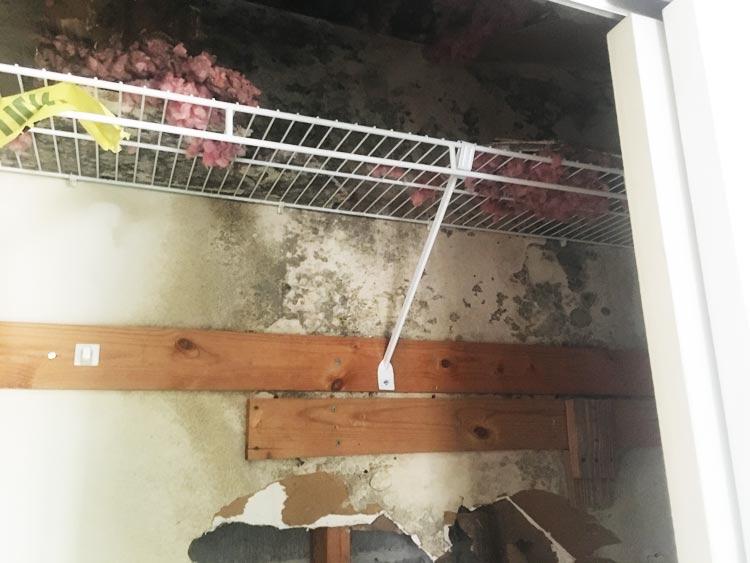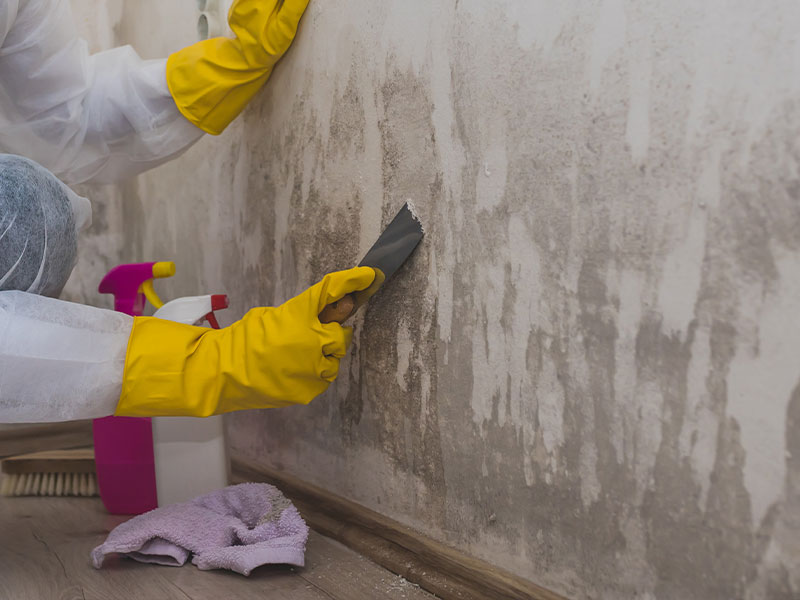Mold can be a big problem for homeowners, costing anywhere from $125 to over $30,000 to remove. The cost varies a lot because of how complex and serious the mold issue is.
It’s important to know the risks and steps to remove mold to keep your home safe. Using the right mold removal techniques is key to stop more damage and health risks.
Stopping mold before it starts is the best approach. But, knowing how to deal with mold issues is also critical. The goal is to make sure mold is completely gone, so it doesn’t come back.
Key Takeaways
- Mold removal costs can vary significantly based on the extent of the infestation.
- Understanding the risks associated with mold is vital for effective removal.
- Prevention is a critical step in managing mold issues.
- Effective mold removal techniques are necessary to prevent regrowth.
- Homeowners should be aware of the steps involved in mold removal.
Understanding the Challenge of Complete Mold Removal
Mold remediation is complex because of different mold types. Mold thrives in damp, warm, and humid places. It can cause health issues and varies in severity by type.
Types of Household Mold and Their Growth Patterns
Households can have several mold types, like Aspergillus, Cladosporium, and Stachybotrys chartarum, or black mold. Each grows differently and needs specific conditions to thrive.
- Aspergillus grows on many surfaces, including food and non-food items.
- Cladosporium prefers carpets, upholstery, and wood.
- Stachybotrys chartarum needs high humidity and grows on cellulose-rich materials.
Why Mold Spores Persist in Indoor Environments
Mold spores stay indoors for several reasons. These include:
- High humidity levels.
- Poor ventilation.
- Moisture from leaks or condensation.
Knowing these factors is key to effective mold removal. Mold tests and inspections help find and remove mold.
Health Risks Associated with Mold Exposure
Mold exposure can cause health problems, such as:
- Respiratory issues.
- Allergic reactions.
- Infections in those with weak immune systems.
The health risks of mold show why complete removal is vital. It keeps indoor spaces healthy.
Can Mold Ever Be Fully Removed?
To remove mold completely, you need to know how it grows and use the right methods. Mold can grow in many places, making it hard to remove all of it.
DIY Mold Removal Methods: Limitations and Best Practices
For small mold problems, you can try to remove it yourself. But, DIY methods might not work for big or hidden mold.
- Identify and fix the moisture source: It’s key to stop mold from growing more.
- Use proper cleaning solutions: Bleach or special mold cleaners can help.
- Contain the affected area: This stops mold spores from spreading.
Professional Mold Remediation Process and Techniques
For big mold problems, professional mold removal services are best. They use special tools and methods for a complete removal.
- Assessment and planning: Experts figure out how much mold there is and plan how to remove it.
- Containment and removal: They seal off the area and remove the mold safely.
- Cleaning and disinfection: The area is cleaned and disinfected to stop mold from coming back.
Mold Inspection and Testing: Ensuring Effective Removal
Checking and testing for mold is key to making sure it’s all gone. This helps find out what kind of mold it is and how much there is.
- Visual inspections: Experts look for mold signs.
- Air and surface sampling: They take samples to check for mold spores.
Cost Factors in Mold Remediation
The mold removal cost changes based on how much mold there is and the removal methods used.
- Extent of mold growth: More mold means a higher cost.
- Remediation methods: DIY or professional services affect the price.
- Preventive measures: Steps to stop mold from coming back can also raise the cost.
Knowing these factors helps plan for mold removal. This ensures mold is fully removed and doesn’t come back.
Preventing Future Mold Growth After Remediation
To keep your home mold-free, controlling moisture is key. Using dehumidifiers and ensuring good ventilation are essential steps. Fixing leaks fast and keeping your home clean are also important.
Regular cleaning and reducing clutter help stop mold spores from growing. Homeowners should check their homes often for moisture signs. They should fix these issues right away.
Understanding moisture control and good ventilation is vital. By doing this, homeowners can lower the risk of mold coming back. Adding these steps to your routine maintenance can keep your home mold-free.






